Why Do Earthquakes Occur and Why Is Predicting Them So Difficult?
The Science Behind Earthquakes and the Challenges of Prediction
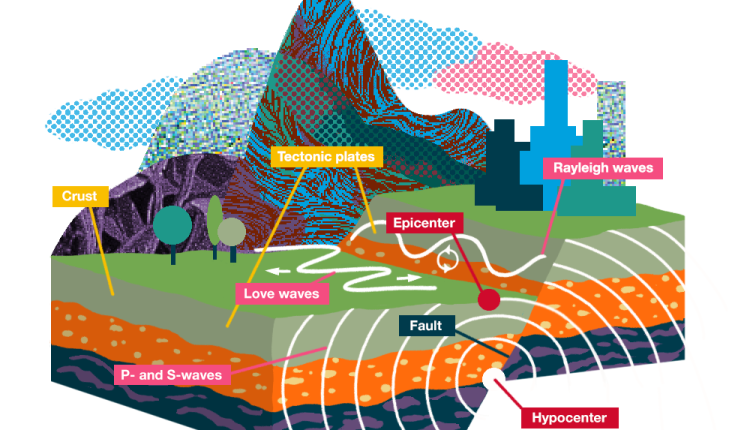
If we put it in simpler terms, the shaking of the Earth can be called an earthquake. But did you know that earthquakes happen every day, the only difference being that they are of such low intensity that we can’t feel them?
Occasionally, there are very dangerous types of earthquakes that cause widespread destruction and loss of life, raising many questions.
What causes earthquakes?
The Earth’s surface is made up of long sections of hard rock, like pieces of a giant jigsaw puzzle. These moving pieces are called tectonic plates, and they continuously shift and slide on the molten rock beneath them.
Earthquakes occur at the boundaries of these tectonic plates, where they can get stuck and build up pressure. When the pressure is released suddenly, it results in an earthquake. These stuck areas are called “faults.”
When the pressure beneath these plates increases and something tries to push its way out, the plates separate, and this is known as a fault.
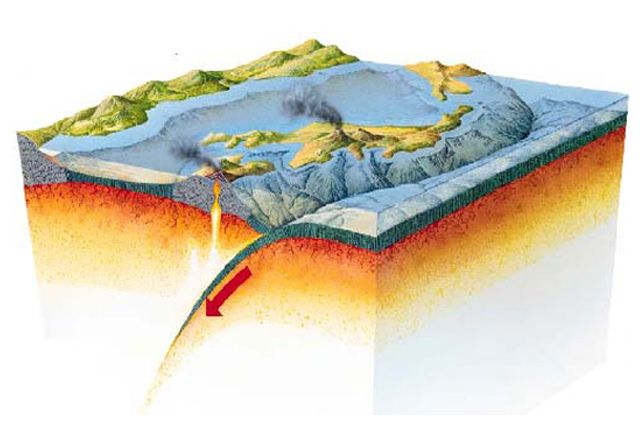
How is the earthquake’s strength measured?
Scientists use seismographs to measure the intensity of earthquakes. While seismographs used to be mechanical devices that recorded the shaking of the Earth, digital instruments are now used for this purpose.
To measure the intensity of an earthquake, both global and local networks are in place to gather data. The data collected is open-source and shared among scientists.
To estimate the strength of an earthquake, three different measurements are taken into account: magnitude, depth, duration, and location.
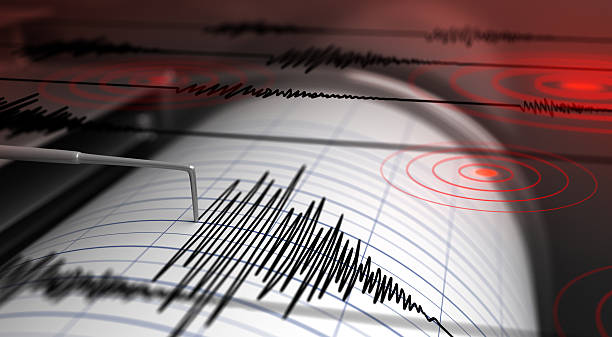
Can one earthquake trigger another?
While it is generally believed that one earthquake can trigger another, scientists are still in intense debate about this matter.
Earthquakes pose a challenge for human understanding of the natural world. Two significant flaws in human understanding are identified. First, earthquakes last much longer than human observations can capture, and second, they occur at such depths that human observation capabilities are inadequate.
Despite these significant obstacles, scientists have made progress in obtaining information about earthquake potentials. They study the data collected after an earthquake to better understand what might happen next. Washington University’s Professor Herald Tobin suggests that they have placed seismoscopes on the Earth’s surface to understand what is happening beneath.
The Centre for Earth Observation and Modeling of Earthquakes at the University of Britain calls for studying the “failed faults” that have already ruptured. These would provide valuable information for creating models that help predict earthquakes.
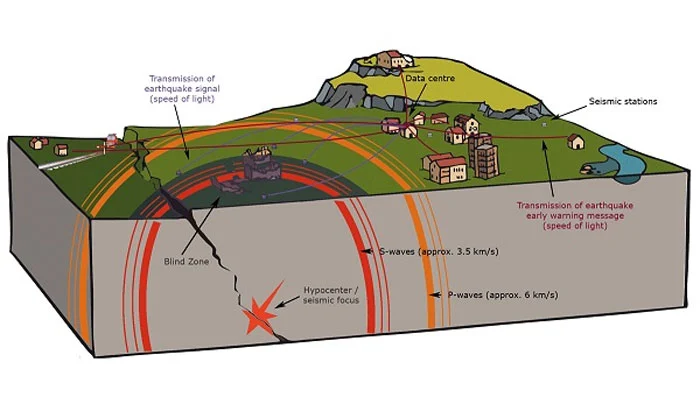
Is earthquake prediction possible?
When asked if predicting earthquakes is possible, the US Geological Survey says that it is still far from being possible, but short-term predictions are indeed possible.
They explain that after a major earthquake, a lot of data needs to be collected and understood. Some of this data can be very helpful for immediate predictions, such as when and where another earthquake might occur.
In certain areas equipped with modern technology, even a few seconds before an earthquake, trains can be slowed down and emergency doors opened to minimize potential damage.
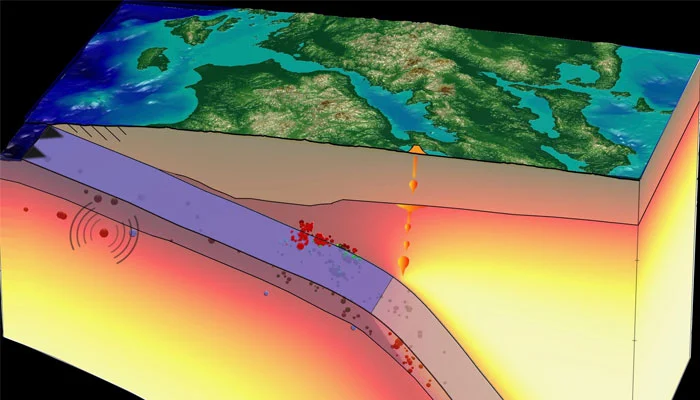
Will science ever find out?
Assistant Professor Judith Hubbard of the School of Earth and Atmospheric Sciences says that their aim is to identify the “failed sections” of the fault that have slipped. The problem is that a lot of long-term and multi-dimensional data is required to model a fault accurately, and that’s incredibly challenging to collect. The duration of underground pressure buildup can be very long, even centuries, while the duration of pressure release during an earthquake can be as short as 30 seconds to a couple of minutes. In geological terms, this is a normal timeframe.
So, it cannot be said that a significant earthquake will occur now, but it can be said that the conditions are ripe for an earthquake.
